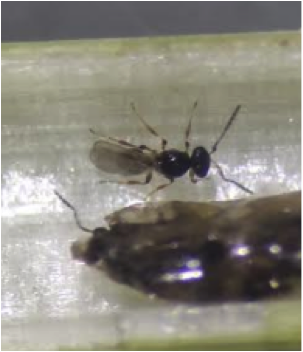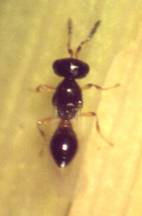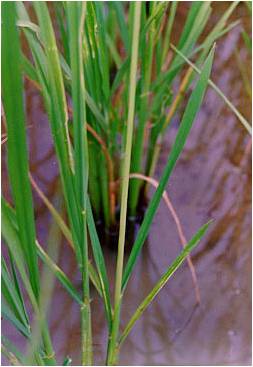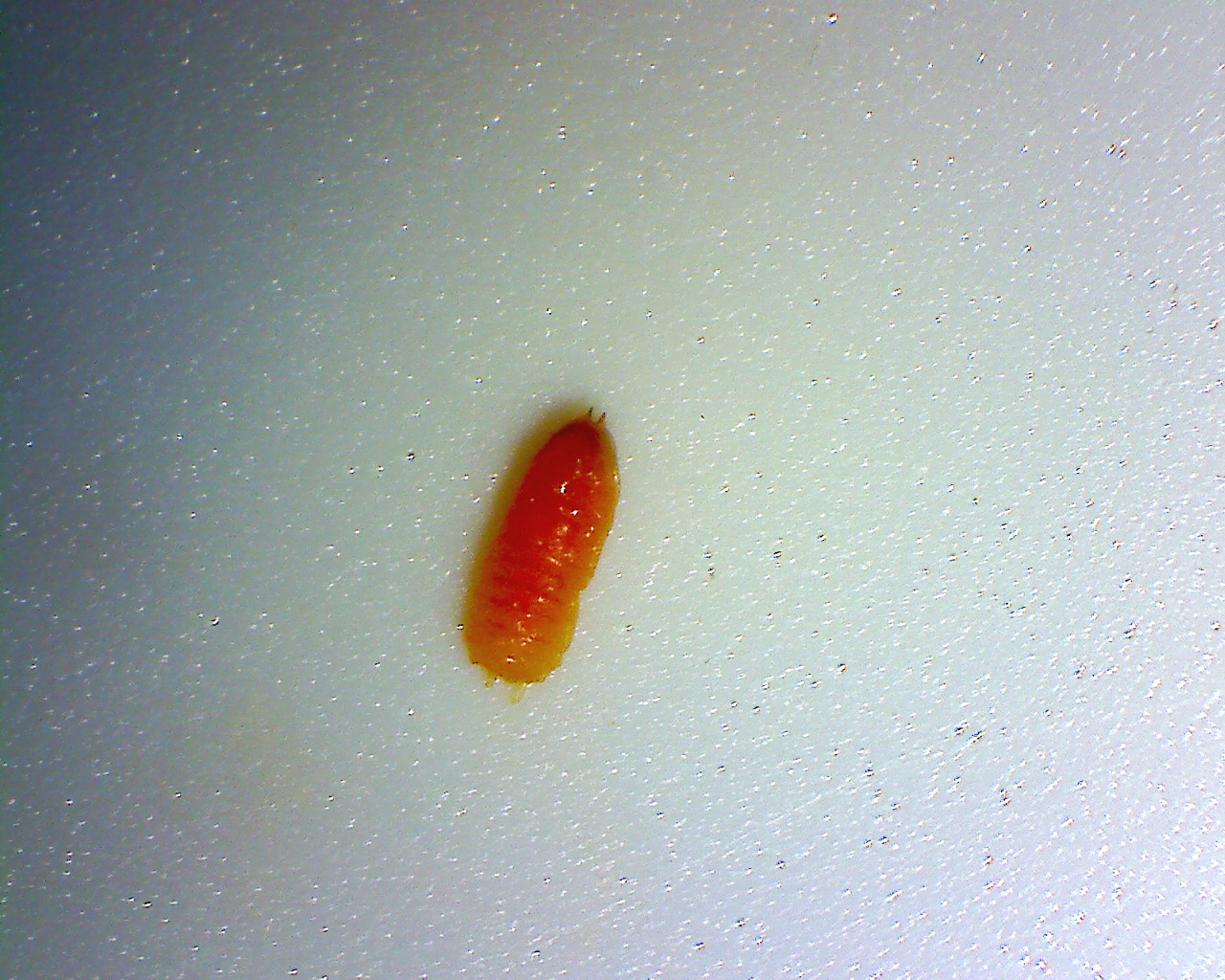Management:
ETL: 10% silver shoots
- Release Platygaster oryzae parasitised galls at 1/10 sq.m on 10 days after transplanting (DAT)
- Harvest the crop and plough immediately
- Remove the alternate hosts and adopt early planting
- Optimum recommendation of potash fertilizer
- Setup infra red light trap and monitor the adult flies
- Spray any one of the following insectcides
- Phosalone 35 EC 600 ml/ac
- Carbosulfan 25% EC 320-400 ml/ac
- Chlorpyriphos 20% EC 500 ml/ac
- Fipronil 5% SC 400-600 g/ac
- Fipronil 0.3% GR 6.5-10 kg/ac
- Thiamethoxam 25% WG 40 g/ac
|
 |
 |
 |
| Infra red light trap |
Platygaster oryzae from parasitized pupa |
Parasitoid - Platygaster oryzae |
|






